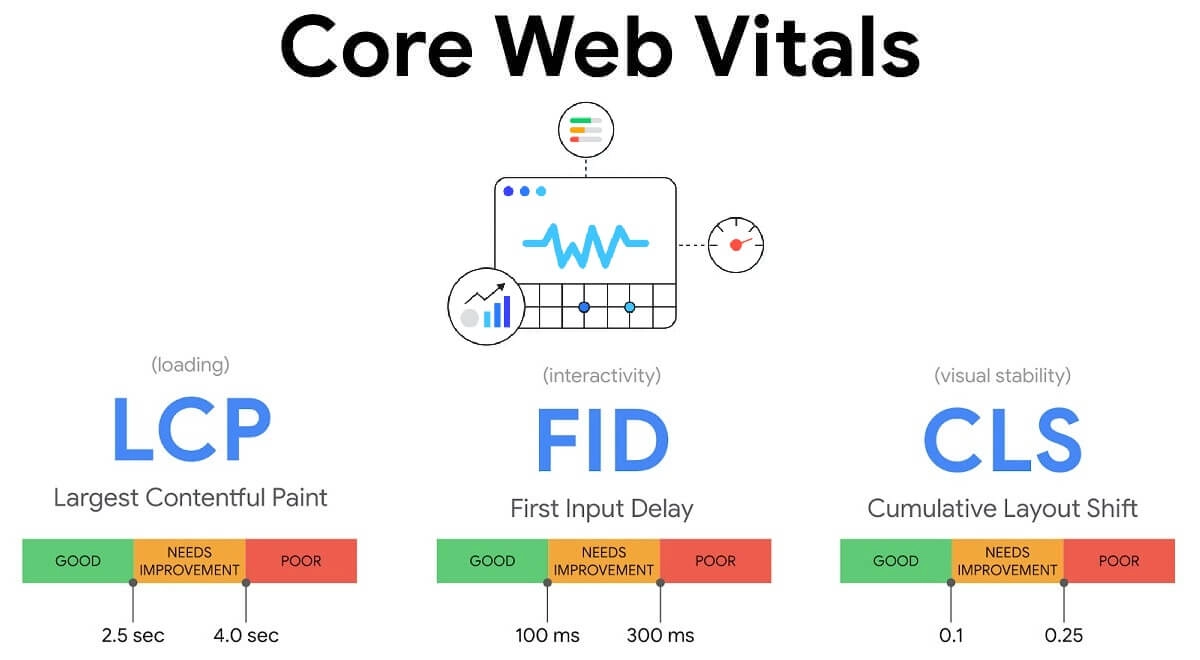In Eventbrite’s recent event industry Pulse Report, one of the key findings was that companies are looking to recruit more talent to help them grow their existing events and launch new ones.
Chief amongst those being recruited were roles in marketing and communications, followed by sales, with operations and logistics staff the third most popular.
You can read the full Pulse Report here for more event industry statistics and hiring data.
With such a competitive market for event industry talent, this post will focus on using the world’s largest professional network to help find and hire the right people to drive your events forward.
To which social network do I refer? LinkedIn of course!
LinkedIn is known as a great place to find new staff but in my experience few people really know how to get the most from it. I spent 20 years in the recruiting industry prior to becoming a LinkedIn trainer in 2008 so I like to think this is a subject I’m pretty comfortable with.
Recruitment has changed beyond recognition over the last 10-15 years. The internet and more latterly LinkedIn has created a seismic shift in the way we find new talent.
We are now in a market that recruiters label as ‘candidate short’ so the competition to attract top talent is really hotting up!
Here are my top tips for effective recruiting through LinkedIn.
Look the part
Before you can even start to think about engaging with prospects you need to make sure that your company is projecting a positive first impression.
There are four key areas of LinkedIn where potential applicants will check you out and you need to make sure they are sufficiently impressed;
- The personal profile of the recruiter
- The personal profiles of other relevant team members
- The personal profiles of senior management (especially the person they will report to)
- Your company page
Profiles need to be up to date, professional and highly impressive. No wedding or holiday profile pictures, lame headlines or overly corporate summaries that make you look like you have a clone culture.
The company page should demonstrate excellent branding and seen to be active (recent updates).
Searching
The most effective way to attract the best talent into your business is to approach them.
In a candidate short market people are not queuing up outside your office asking for application forms!
Great recruiters understand that the best people expect the job to come to them these days and this is why understanding how to use LinkedIn’s advanced search is critical.
Size matters!
Assuming you are using a free or low level premium account you will struggle to find the right people unless you have grown your own network.
A good network requires connecting with people relevant to your industry/market and connecting with as many of them as possible.
If you fail to do this your search results will yield too many profiles of people outside of your network (see below).

Assuming you have built a strong network you can then go to the Advanced Search page by clicking the link as seen below;
![]()
The next stages would be hard to describe here so I have made a short screencast video explaining exactly how to manipulate an advanced search using techniques adopted by recruiters, search specialists and resourcers.
Click here to watch the short video
Advertising
Whilst searching is the most effective way to fill your role, LinkedIn also provides you with several way of promoting your opening to a targeted audience.
There are five ways you can advertise your vacancy on LinkedIn
- A paid ad in the job section. LinkedIn job adverts can be highly targeted by area, industry, discipline, skills and job title. Make sure you quote the salary and benefits within the copy as LinkedIn do not provide separate sections for this. These posting can also be sent to relevant groups you are in and will also show in your company page. Cost = circa £190 for a 30 day posting.
- Company Page posting. A status update to a targeted list of followers (provided you have more than 100). Cost = Free
- Groups. You can post a ‘job discussion’ in a relevant group provided you are a member. These are seen in the group’s job tab (along with the paid ad’s mentioned previously) and will be included in the weekly email sent to members. Cost = Free.

- Published Post. Whilst this feature is really designed for long form blog posts, there is nothing to stop you from posting your vacancy here as well. The advantage is that it will be seen in your profile and posts are also searchable (as opposed to updates). See my previous article on publishing for more information on this feature.
- Status Updates. This can be highly effective depending on the size and relevance of your network and I would advise getting the following stakeholders to all post the job to their network:
- You (the recruiter)
- The line manager (if different to above)
- Other members of this team
- All members of the HR team
- At least one senior Manager/Director of the business
Always include contact information in the text and use an image update rather than a normal text and link update. Images are very important in getting the attention of your targeted audience.
The following update is a great example using 3 key tactics
- A powerful and relevant image
- A question to encourage engagement (this spreads the post beyond your network)
- Contact details in the text

Summary
Promoting and advertising vacancies on LinkedIn can be a useful backup but searching for and approaching individuals directly is by far the most effective use of Linkedin.
Once you have viewed the video give it a go and see who you can find. If you experience any challenges or need any further guidance then feel free to ask. You can reach me at mark@winbusinessin.com.





